Ukraine makes clear the US must reconsider its one-war defense strategy
Defense News | March 14, 2022 | Mark Gunzinger and Kamilla Gunzinger
Defense News | March 14, 2022 | Mark Gunzinger and Kamilla Gunzinger
The Hill | March 11, 2022 | Douglas A. Birkey
Forbes | February 10, 2022 | Lt Gen Dave Deptula, USAF (Ret.) |
The Air Force Association’s (AFA) virtual Aerospace Warfare Symposium, themed, “Accelerate and Innovate: Actualizing the Need for Dominant Air and…
Arlington, VA | November 29, 2021 — The Mitchell Institute for Aerospace Studies is pleased to announce a new entry…
Arlington, VA | November 18, 2021 — The Mitchell Institute for Aerospace Studies is pleased to announce a new entry…
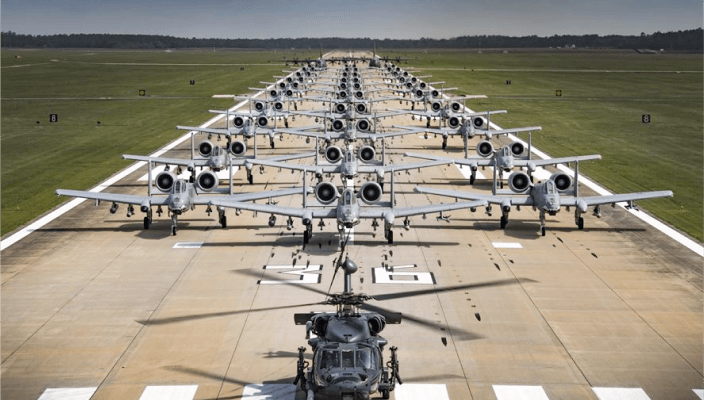
Empowering actors at all levels with a smart set of options at the right time and place demands procuring the most effective, efficient, and resilient set of tools.
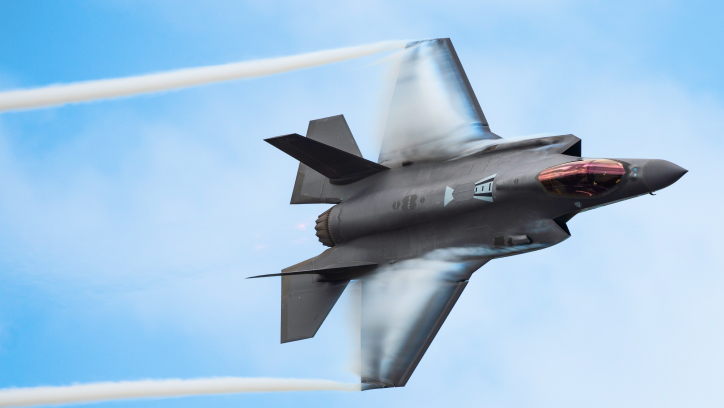
No matter the mission, from air superiority and long range strike to air mobility and command and control, a broad range of missions executed in the air provide vital options at the strategic, operational, and tactical realms.
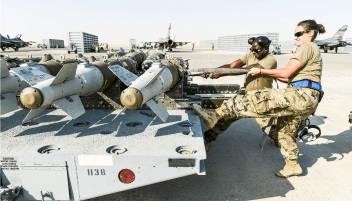
Strategic deterrence is the bedrock of the national security enterprise thanks to the virtues and value of the triad.
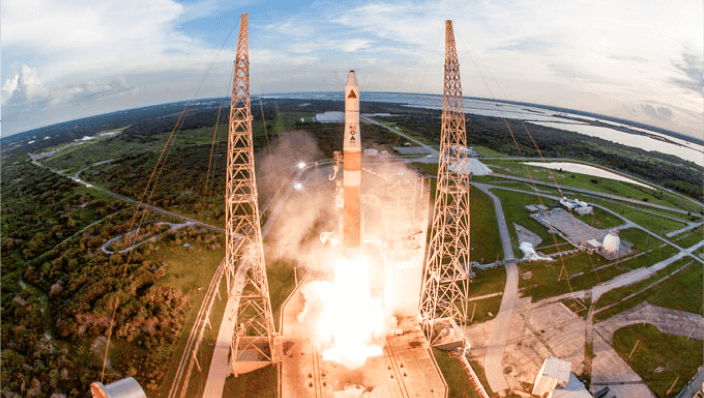
National security space activities are essential facets of any military operation, while also creating conditions essential for the civilian economy.
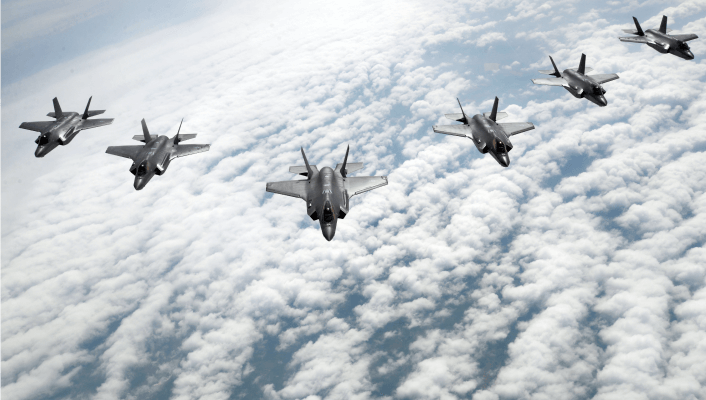
Meeting national security requirements today and tomorrow requires insightful, creative approaches that prioritize America’s strengths, while not projecting undue vulnerability.